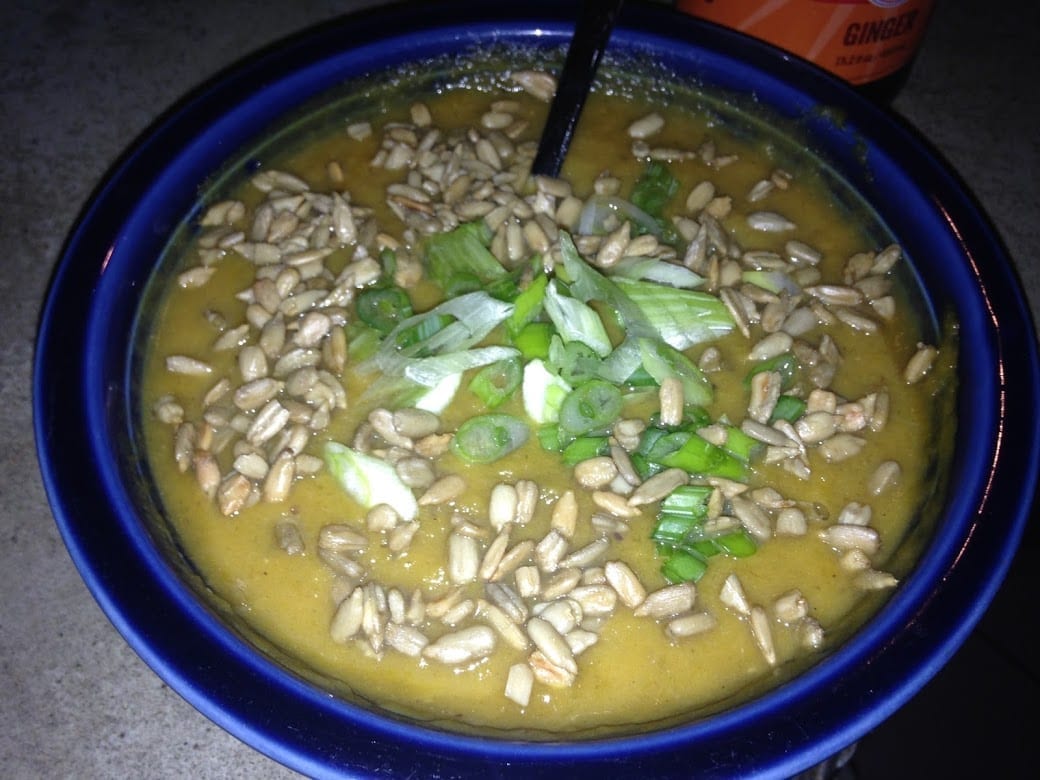How processed foods affect your body differently than natural foods
⇒ Not enough fiber
Fiber is important to health because it plays a key role in how food is absorbed in the gut. In the intestines, fiber forms a gelatinous barrier that coats the intestinal walls. This barrier slows the absorption of glucose and fructose into the blood, which helps prevent blood sugar levels from spiking.
⇒ Not enough omega-3 fatty acids
The body converts these fatty acids, which are found in foods such as fish and nuts, into docosahexaenoic acid and eicosapentaenoic acid, both of which have anti-inflammatory properties.
⇒ Too many omega-6 fatty acids
Conversely, these fatty acids, though similar to omega-3s, are converted in the body to a proinflammatory compound called arachidonic acid. Lustig noted in the editorial that the ratio of omega-6 to omega-3 fatty acids in the diet should ideally be one to one; however, the typical U.S. diet has an omega-6 to omega-3 ratio of 25 to one, which favors a proinflammatory state. This inflammation can cause oxidative stress and damage to cells in the body.
⇒ Not enough micronutrients
Processed foods contain too few vitamins and minerals, known as micronutrients, many of which act as antioxidants, which help prevent cellular damage.
⇒ Too many trans fats
Trans fat molecules are structurally different from other types of fats, such as omega-3 and omega-6 fatty acids. Because of this difference — a double bond found in the molecule — the body is unable to break down trans fats, Lustig wrote. Instead, the trans fats end up in a person’s arteries and liver, where they generate damaging free radicals.
⇒ Too many branched-chain amino acids
Amino acids are the building blocks of proteins. The “branched-chain” in the name refers to the chemical structure of the amino acid. Several amino acids that the body needs, including valine, leucine and isoleucine, have branched chains, Lustig wrote.
And although branched-chain amino acids are needed for building muscle, when a person eats too many of them, the excess molecules go to the liver, where they are converted to fat, he wrote.







